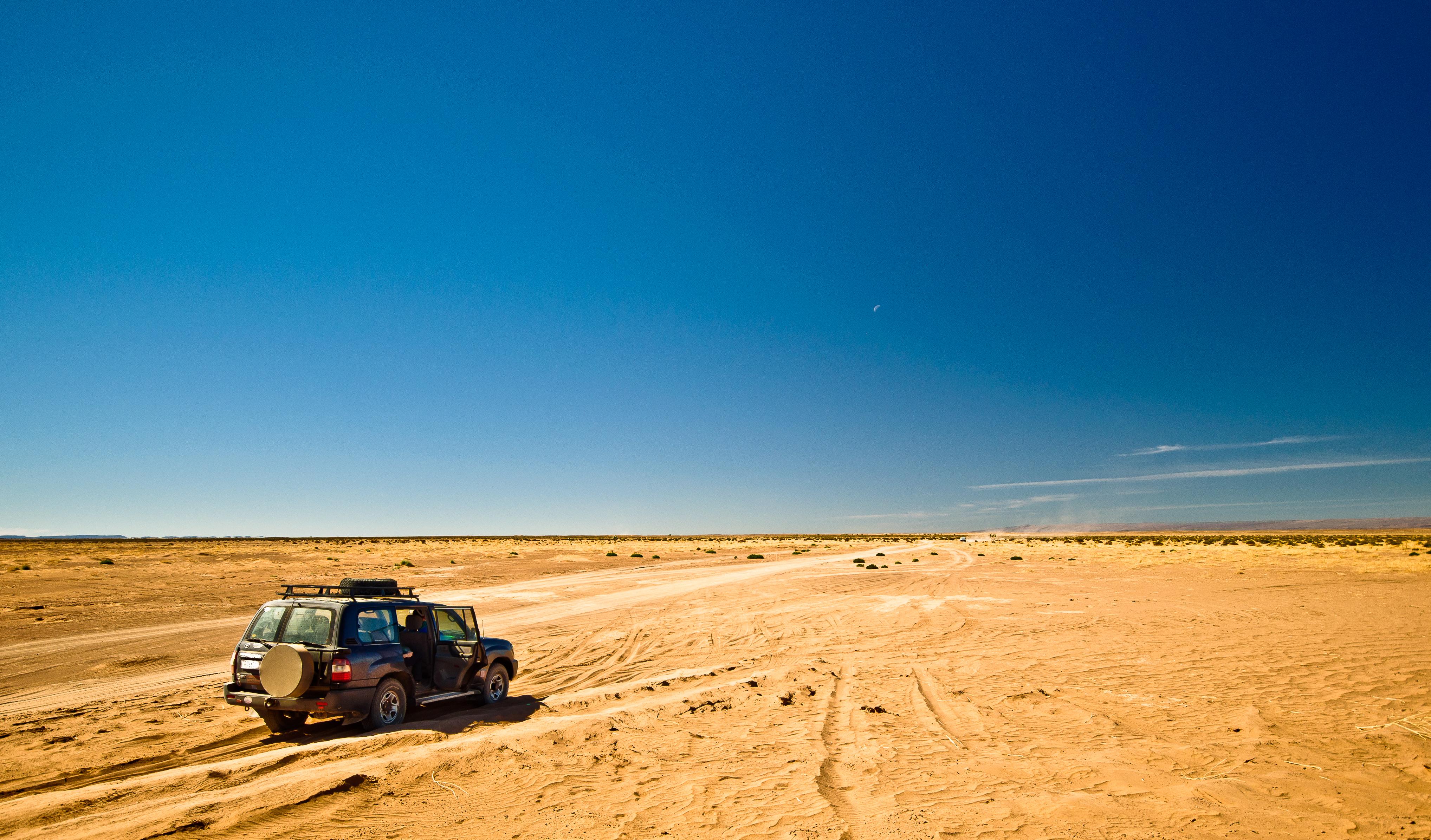Gonur Depe
More than 1000 years before the foundation of Ancient Merv, the fortress town of Gonur Depe (also known as Gonur Tepe) was densely populated. Dating back to the Bronze Age, it would have been a busy and important settlement, but it's believed that it was abandoned due to the natural course change of the Murgab River. It was then lost to time for centuries.
It was only in 1972 that archaeologists rediscovered Gonur Depe, which means 'Grey Hill' in Turkmen. Since then, there have been numerous excavations to unlock its secrets and it remains an active archaeological site with constant work in progress.
During the excavations, experts have been able to connect several areas of the town to Zoroastrianism. Furthermore, it is believed that the place was not only important for Zoroastrianism, but could even possibly be its birthplace. The main archaeologist on site, and also Gonur Depe ruin’s finder, Viktor Sarianidi, strongly believes that Gonur was home to Zoroaster himself.
The highlight of the site is the necropolis that still displays human remains as well as animal remains that were sacrificed to accompany people in the afterlife. According to archaeologists, lots of aspects about this place remain a mystery. For example, it is speculated that material found on the site was part of immortality drink ceremonies that probably included hallucinogenic substances.

Even though the site is also an archaeological park, it holds completely different historical importance to Ancient Merv. Getting to the site is complicated as it involves riding through unpaved roads, but it is worth the effort. It is recommended you hire a local guide that can help with the two-hour drive to Gonur Depe. 4x4 vehicles are also necessary to arrive at the destination safely.
